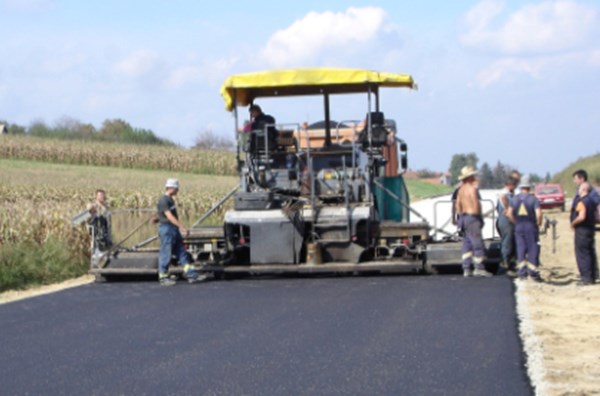Build and manage better road networks
- Home
- HDM-4 Version 2
- HDM-4 In Use
- Camaroon
Cost-effectiveness of enforcing axle-load regulations: the Douala-N’Djamena corridor in Sub-Saharan Africa
Abstract
Road conditions in Sub-Saharan Africa are typically poor, and only a subset of the newly constructed or rehabilitated roads reach their design life. Truck overloading generally causes this rapid deterioration. In Africa, there are few success stories on the imposition of axle-load limits. This study examines the existing regulations on the Douala-N’Djamena international road, which is the main transport corridor in Central Africa and the backbone for internal transport in Cameroon. It benefits from the detailed existing weighing data recorded since 1998 in the corridor’s 10 weighing stations. This vast amount of traffic data, together with available information on road structure and deterioration over time, has been used to conduct an accurate calculation of load equivalency factors.
The HDM 4 model has been applied to three scenarios between 2000 and 2015: (1) no axle-load control, (2) the real situation and (3) no overloading tolerance. Results show that axle-load regulations have been reasonably well applied in Cameroon and have contributed to maintaining the corridor in fair condition. In spite of the fact that significant traffic increases are presently counterbalancing the damage avoided by axle-load limits, benefits provided by axle-load control have been substantial: in the period of 2000–2015, every € invested or spent on axle-load control has generated more than €20 of savings in road user costs and in road maintenance and rehabilitation expenditure, which represents, in absolute terms, more than €500 million.
-
Find out about the technical support service offered by HDMGlobal to help users use HDM-4 effectively.
-
For existing HDM-4 users, view the latest software release and the changes made before registering to receive the updates.
-
Find out about HDM-4 training courses offered by HDMGlobal and their partner organisations and other related events.








